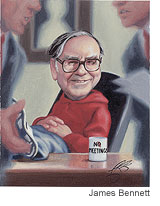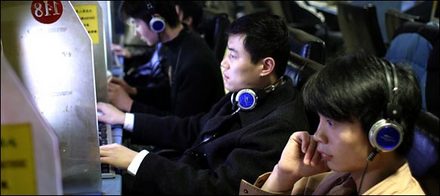(p. 195) As Robert Solow wrote acidly in 1994, commenting on a series of papes on growth and imperfect competition, “Schumpeter is a sort of patron saint in this field. I may be alone in thinking that he should be treated like a patron saint: paraded around one day each year and more or less ignored the rest of the time.”
Schumpeter was a most unwelcome guest at the neoclassical table. Yet it was hard for the mainstream to reject him out of hand, since Schumpeter was such a celebrant of capitalism and entrepreneurship. He thought it a superb, energetic, turbulent system, one that led to material betterment over time. He hoped it would triumph over socialism. He just didn’t believe it functioned in anything close to the way the Marshallians did, and he was appalled that economists could apply an essentially static model to something as profoundly dynamic as capitalism. Schumpeter wrote presciently, “Whereas a stationary feudal economy would still be a feudal economy, and a stationary socialist economy would still be a socialist economy, stationary capitalism is a contradiction in terms.” Its very essence, as the economic historian Nathan Rosenberg wrote, (p. 196) echoing Schumpeter, “lies not in equilibrating forces, but in the inevitable tendency to depart from equilibrium” every time an innovation occurs.
Source:
Kuttner, Robert. Everything for Sale: The Virtues and Limits of Markets. Chicago: University of Chicago Press, 1999.







